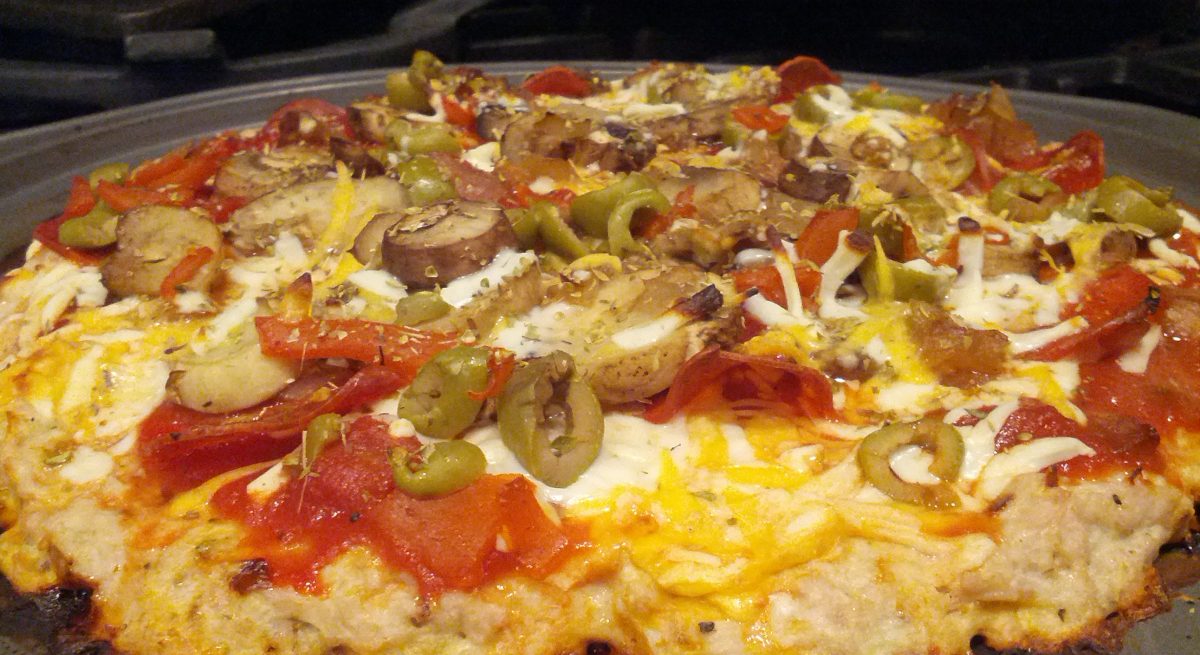Core to the human experience is that we are alive. Living means we are in constant motion. We are dynamic and not static. That is the essence of human being. I am Justin Owings. People who know me would recognize me not having seen me in years. And while various affiliations and philosophies of mine have changed over the past […]
Do. Observe. Honestly.
Someone will say: Yes, Socrates, but cannot you hold your tongue, and then you may go into a foreign city, and no one will interfere with you? Now I have great difficulty in making you understand my answer to this. For if I tell you that this would be a disobedience to a divine command, […]
The Big Picture (Beyond the Paleo Diet)
While I was not able to attend the Ancestral Health Symposium last week in L.A. I have enjoyed reading how it went down via various attendees including Richard Nikoley, Matt Metzgar, Frank Forencich, and others. Like so many others who were fortunate enough to attend AHS 2011, I’m fascinated by diet and nutrition (and largely […]
How We Get Good at Something
It takes mundane, often boring, always repetitive practice. And often a whole lot of it. We learn by doing and not by thinking. This strikes me as relevant to mastering any skill, and reminds me of George Leonard’s “Mastery” (a bit of a summary of Mastery can be found by Todd Becker, who prompted me […]
I am human.
Below was originally published on OEMHuman.com. Though OEM was a short-lived project, I am keeping the content alive here for the sake of posterity. The seeds for OEM Human were planted a long time ago. And like any idea, OEM Human continues to evolve. Below is a bit of the history behind the evolution thus […]
Meatza! Meatza!

How to make the best meatza (a pizza with a beef crust) using my late Italian grandfather’s meatball recipe. Very tasty!
Born to Run by Christopher McDougall
Born to Run is about McDougall’s investigative adventure into the world of running, ultramarathons, the shoe industry, and the Tarahumara Indians, a seclusive group of “superathletes” known for their running endurance and speed. The tale begins with a question, “How come my foot hurts?” and ends with a race between a few elite ultrarunners and the Tarahumara Indians in the Copper Canyons of Mexico. In between are a number of answers, questions, and challenges.
Exuberant Animal by Frank Forencich
Exuberant Animal by Frank Forencich I read Exuberant Animal by Frank Forencich whilst vacationing in Jamaica and am just now (Actual date, not finish date per this review is July 9, 2009!) getting to review it. I’m going to have to limit my review to a few quotes that I enjoyed from the book, the […]
Constructive Living by David Reynolds
“The first step in changing reality is to recognize it as it is now. There is no need to wish it were otherwise. It simply is. Pleasant or not, it is. Then comes behavior that acts on the present reality. Behavior can change what is. We may have visions of what will be. We cannot (and need not) prevent these dreams. But the visions won’t change the future. Action—in the present—changes the future. A trip of ten thousand miles starts out with one step, not with a fantasy about travel.”
In short, I liken parenthood to doing first and understanding later. This is a good rule of thumb to apply across almost all facets of life — lots of iterations make for lots of experiments through which we can learn about and enjoy life. Not having kids is a choice to have a drastically less-interesting, much more simplistic and sterile (literally and figuratively) life. I wouldn’t wish that on anyone I care about.